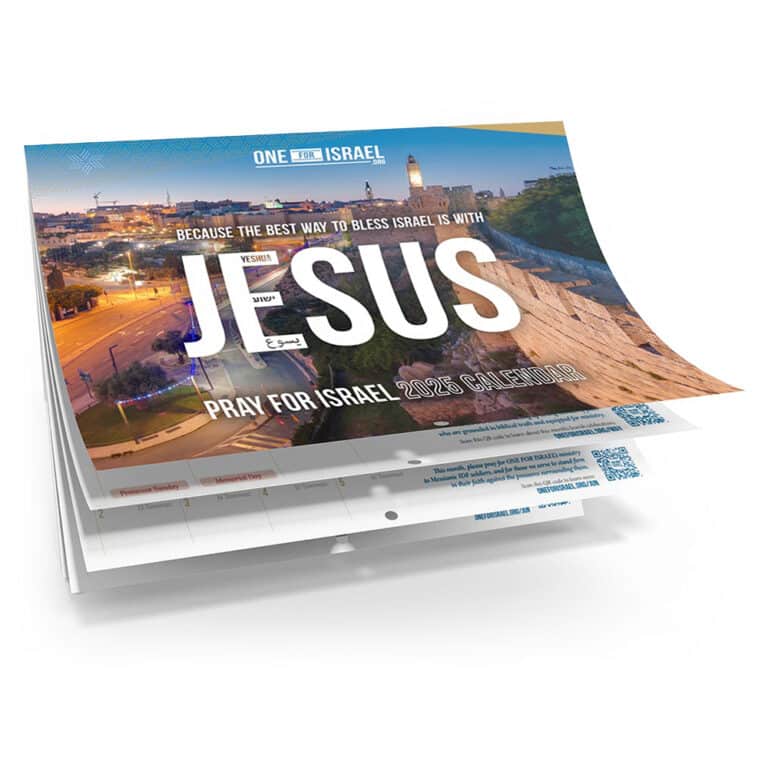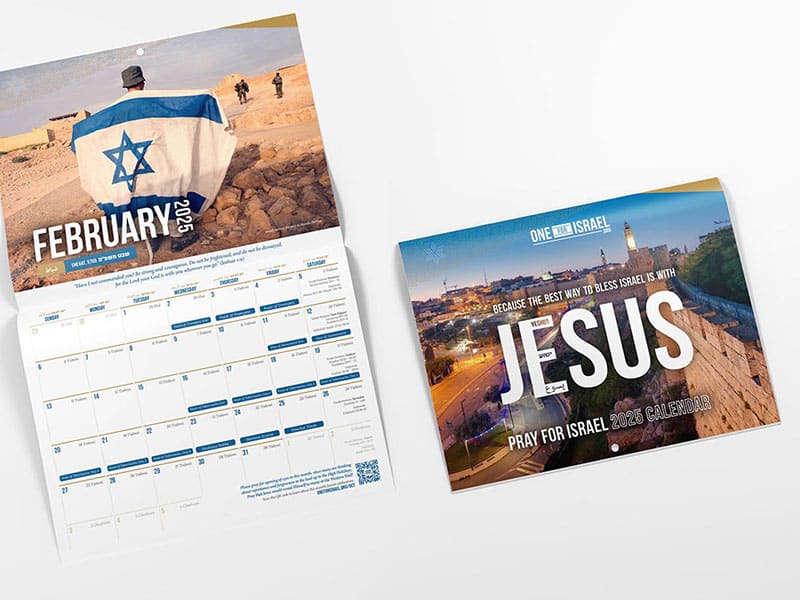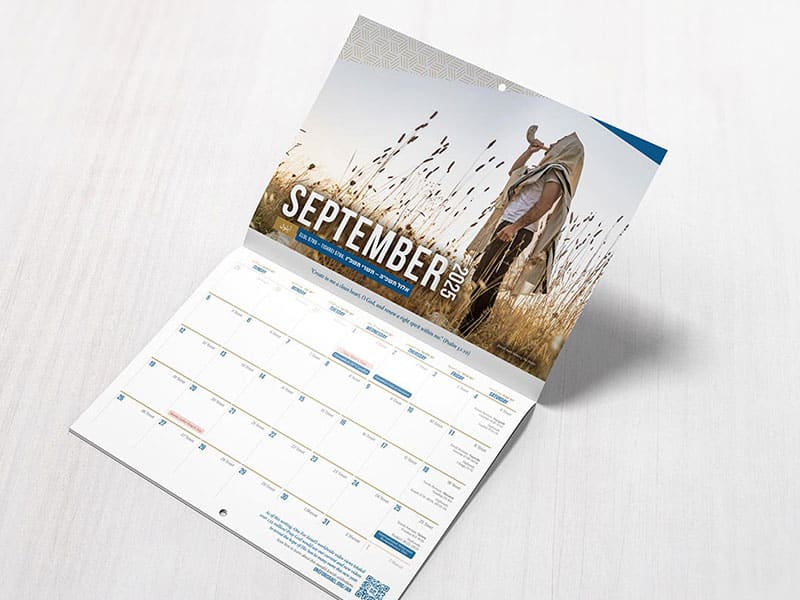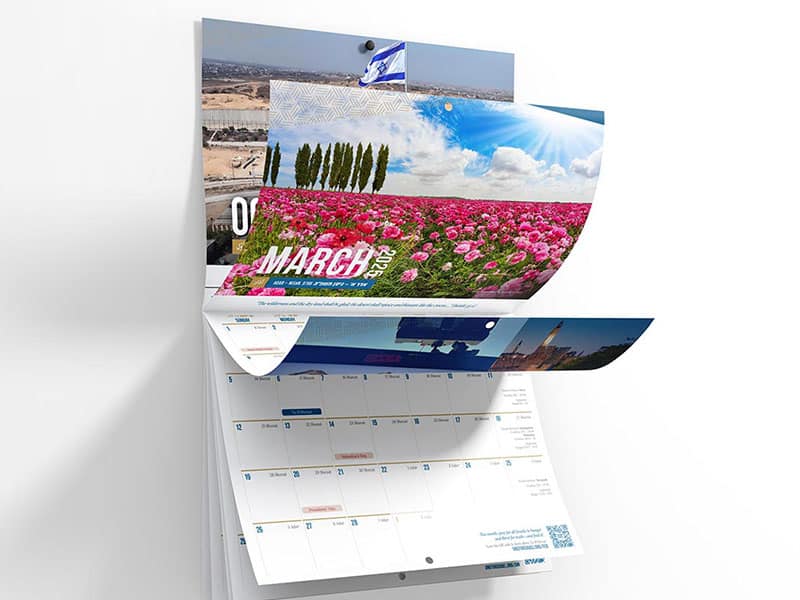The people of Israel are confined to their homes, waiting for the plague to pass… reminiscent of the very first Passover three and a half thousand years ago.
Back then, God told the Israelites that in order to escape the plague of death, each family must sacrifice a lamb and daub the blood on the door, as a sign to the Destroyer not to kill the firstborn. Families that “opted in” by heeding those instructions and having faith in that blood were able to escape Egypt in one piece. The Jewish people morphed from being an ethnic group to a faith community that had believed God and acted on it.
The Feasts and their Meaning Today
The biblical feasts are fascinating. They were all designed by God to be a multi-sensory learning experience for His people. They each point to the Messiah in wonderful ways. The Passover lamb foreshadows Jesus, the Lamb of God, whose sacrifice saves us from sin and death. The blood on the two intersecting beams of the doorframe is blood smeared on wood, like the cross. There are numerous other parallels scattered throughout the story to be found.
=> Read more about how Passover foreshadows Jesus
=> More information on the Jewish feasts in our “Holidays” section
Every year when Jewish families re-live and re-tell the story, they re-experience the miracle of the Exodus. God designed it this way, so it would be passed on from generation to generation. There are things to see, read, hear, taste and touch. There is saltwater to remind of the tears of the brutality of their time of slavery, bitter herbs that bring back the bitterness of Egypt, wine to remember the sweetness of liberty and unleavened bread to remember the way it all came about.
This year, in the midst of the lethal Coronavirus, we are living that parable in even more technicolor. Each household has to stay inside, just as the Israelites did back then, while there really is a very real threat of death looming outside.
There’s a Destroyer on the rampage.
There’s a hush.
There are instructions.
An ominous wait, with hope.
This year’s Passover will have extra potency. God is reminding us of the original story. He has got our attention.
The Last Supper was a Passover Meal
By no coincidence, the last meal Jesus had with His disciples was a Passover meal. It was unleavened matzo bread that He was eating, and the four cups of the Passover that He was drinking with them. He is the fulfillment of the story.
When the hour came, Jesus and his apostles reclined at the table. And he said to them, “I have eagerly desired to eat this Passover with you before I suffer. For I tell you, I will not eat it again until it finds fulfilment in the kingdom of God.”
After taking the cup, he gave thanks and said, “Take this and divide it among you. For I tell you I will not drink again from the fruit of the vine until the kingdom of God comes.” And he took bread, gave thanks and broke it, and gave it to them, saying, “This is my body given for you; do this in remembrance of me.”
In the same way, after the supper he took the cup, saying, “This cup is the new covenant in my blood, which is poured out for you.” (Luke 22:14-20)
It seems that Jesus drank the first three cups of the traditional four cups of the Passover, but stopped at the third cup – the cup of redemption. As Matthew records in his gospel, Jesus said:
“I will not drink from this fruit of the vine from now on until that day when I drink it new with you in my Father’s kingdom.” (Matthew 26:26-29)
The Apostle John, whose Gospel is very feast-centric, draws another parallel for us. Jesus often refers to the “cup” of suffering that He had to drink. This “cup” of wine was offered to Jesus in the form of vinegar, raised up on a hyssop branch, and it was hyssop branches that the Israelites used to daub the blood on the doorframes in Exodus.
Later, knowing that everything had now been finished, and so that Scripture would be fulfilled, Jesus said, “I am thirsty.” A jar of wine vinegar was there, so they soaked a sponge in it, put the sponge on a stalk of the hyssop plant, and lifted it to Jesus’ lips. When he had received the drink, Jesus said, “It is finished.” With that, he bowed his head and gave up his spirit. (John 19:28-30)
He drank that cup of separation from the Father so that we never have to.
Jesus is our sacrificial Passover lamb. His blood is what we need over our lives, over our homes.
And we will drink the fruit of the vine together with Him in the Kingdom, when He comes again in glory.
Passover-come-Shabbat
We may be shut in this Passover, separated from friends and family, but we have an abundance of riches to feast upon as we reflect on the meaning of this time. God is speaking to us.
Just as the Passover of Jesus’ crucifixion coincided with a Shabbat, so this Corona-calamity is like a double whammy of a real life Passover event and a legally-enforced Shabbat. Shabbat, by the way, has the same Hebrew letters as the word for “sit”. We have to sit and think.
We are confined to our homes with an amazing opportunity to reflect and ponder… We have more time to relate meaningfully to those in our households, and to think about God. This is what Shabbat was given to us for: to help us be more fully human, in right relationship with God, the earth, and with each other. God made it part of His created order way back in Genesis, and He made it holy… but mankind desecrated it right from the get go. Now we have no choice but to sit still and rest! Just as the Israelites were sent away to exile, giving the land the 70 years of Shabbat rest it was due, we are catching up on a lot of missed Shabbats.
Memories of Scripture and story are being catapulted back into our consciousness full force with all the uncanny similarities. God is drawing the parallels. This… is that… You need the blood to protect you. You need my salvation. Rest. Have faith. Obey my instructions.
Are we listening?
For thus said the Lord GOD, the Holy One of Israel: “in sitting still and rest shall ye be saved, in quietness and in confidence shall be your strength”. (Isaiah 30:15)
We would like to offer these Passover guides for our friends to help you celebrate your own Passover seder meal at home
Download the PDF Guidebook and Passover Manual here!
- List of items you will need for your celebration with explanation of all the elements and recipe ideas
- Our own Messianic “Haggadah” (order of service)















